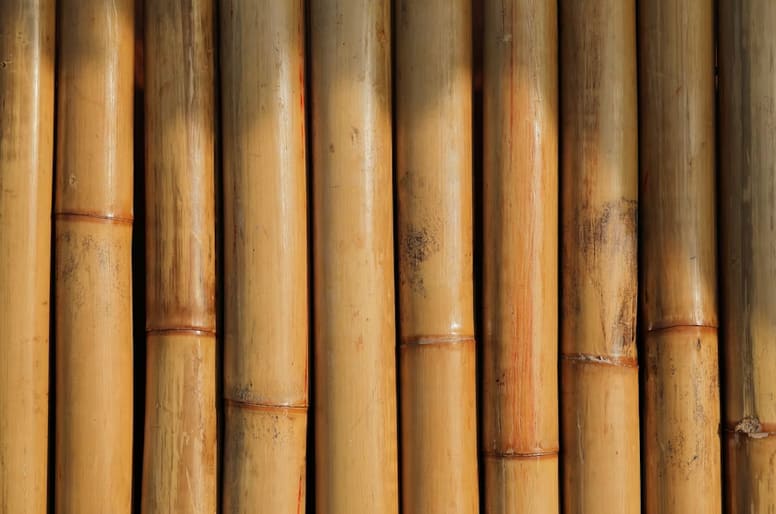The Benefits of Using Bamboo in Sustainable Real Estate
As sustainability becomes a central focus in modern construction, materials that combine strength, affordability, and environmental benefits are gaining attention. Bamboo is emerging as one of the most versatile and eco-friendly options for house design. Sites that talk about solid real estate investments like uamr.de/immobilien-als-kapitalanlage/ imply that solid materials are always a good idea, and bamboo is, of course, a good option for constructions. Known for its rapid growth and renewability, bamboo offers unique advantages that make it an attractive alternative to traditional materials. Its natural beauty, combined with durability and environmental benefits, has made it a leading choice in sustainable architecture. Understanding how bamboo contributes to sustainable house design highlights why it is becoming a preferred option for eco-conscious builders and homeowners.
A Rapidly Renewable Resource
One of the primary benefits of bamboo is its extraordinary growth rate. Unlike hardwood trees that can take decades to mature, bamboo can be harvested within three to five years without harming the root system. This means it regenerates quickly, providing a continuous supply of raw material. Because of this renewability, bamboo plays a vital role in reducing deforestation and conserving natural forests. Its ability to thrive in diverse climates also makes it a reliable resource for sustainable construction projects worldwide.
Strength and Durability

Bamboo is not only renewable but also remarkably strong. In fact, it has a higher tensile strength than many types of steel, making it highly suitable for structural purposes. Its natural flexibility allows it to withstand heavy loads and even resist damage from earthquakes and strong winds. When treated properly to prevent pests and moisture damage, bamboo structures can last for decades. This combination of strength and resilience ensures that bamboo is not just an eco-friendly material but also a practical one for long-term construction.
A Natural Insulator
Another significant advantage of bamboo in sustainable house design is its ability to regulate temperature. Bamboo acts as a natural insulator, helping keep homes cooler in hot climates and warmer in cooler ones. This reduces the need for excessive heating and cooling, which in turn lowers energy consumption. By improving energy efficiency, bamboo contributes to both sustainability and cost savings for homeowners. This makes it an ideal choice for eco-friendly designs that prioritize comfort alongside environmental responsibility.
Versatility in Design

Bamboo’s adaptability makes it a favorite among architects and designers. It can be used for structural frameworks, flooring, walls, ceilings, and even decorative finishes. Its natural aesthetic brings warmth and elegance to interiors while maintaining a sustainable edge. Additionally, bamboo can be processed into engineered products such as laminated panels and composites, expanding its uses beyond traditional applications. This versatility ensures that bamboo is not only functional but also enhances the visual appeal of sustainable homes.
Reduced Environmental Impact
Using bamboo in construction significantly lowers the environmental footprint of a building project. Its cultivation requires fewer pesticides and fertilizers compared to other crops, and it absorbs large amounts of carbon dioxide while releasing oxygen. These qualities make bamboo an important contributor to carbon sequestration and climate change mitigation. By choosing bamboo, homeowners and builders support a cycle of construction that promotes healthier ecosystems and reduces greenhouse gas emissions.
Bamboo has proven itself to be more than just a fast-growing plant—it is a sustainable building material that combines renewability, durability, insulation, and design flexibility. Its role in reducing environmental impact makes it a cornerstone of eco-friendly house design. As the demand for sustainable solutions continues to grow, bamboo stands out as a resource that not only preserves natural ecosystems but also offers practical and aesthetic benefits. Incorporating bamboo into sustainable house design is a step toward creating homes that are both environmentally responsible and built to last.
